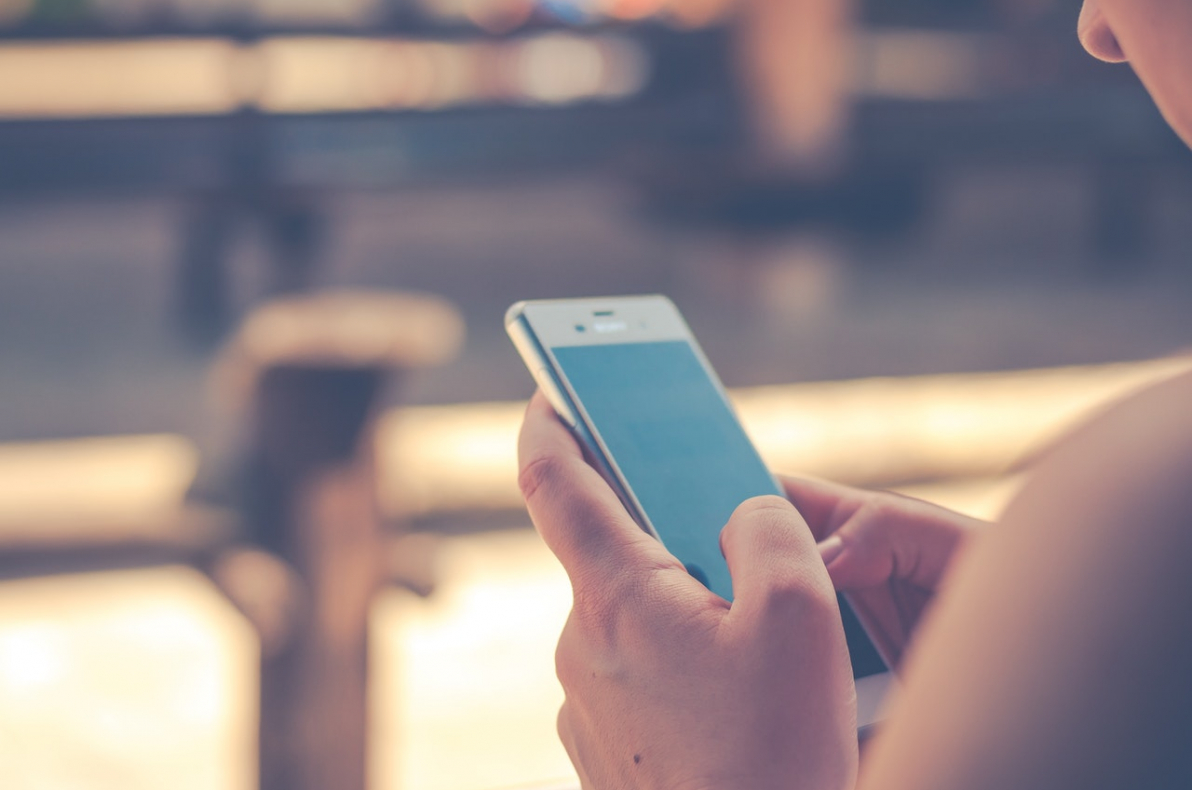What’s New in Water Remediation Technology

Smart technology has become prevalent, but it has had minimal influence over the restoration industry. However, Larry Carlson, national and international sales manager at Phoenix Restoration Equipment, says software systems for business management and drying projects do exist. He spoke at the 2019 RIA Conference & Tradeshow in Queensland, Australia, about what’s new in water remediation technology, including Wi-Fi- and cellular-based remote monitoring systems and meters that have Bluetooth connectivity. Many of the smart products available in the market, he cautions, do not integrate with each other, which limits their ability to improve water restoration productivity and efficiency.
“It has been thrilling to witness the growth of the restoration industry,” Carlson says. “And being part of the evolution of restoration techniques and technology over the past 25 years is a source of immense pride for me. But the most challenging aspect has been identifying and successfully promoting innovations that provide real value to the restoration professional.”
DryMAX XL, the first LGR with Bluetooth connectivity, and the DryLINK® Mobile App were launched by Phoenix in June 2018. Unlike other Bluetooth-enabled devices that operate independently, Carlson says the DryLINK® ecosystem enables the addition of more Bluetooth-enabled equipment and meters to create a comprehensive monitoring and reporting system. These systems can provide accurate information on a dehumidifier’s performance, impact on the ambient air in the affected area and accurate outdoor conditions within seconds using the job’s address. Carlson adds that the Bluetooth-enabled sensor, DrySENSE, records material moisture levels and ambient air conditions, while DryTAG indicates location proximity and “on or off” status. DryPHONE is the mobile cellular “hot spot” that provides affordable remote monitoring of all of the DryLINK® ecosystem devices, and the system delivers the data to a comprehensive drying report. The DryLINK app and report are free.
“Adding smart technology to restoration equipment and devices seems to be trending,” Carlson says. “Some products seem to be committed to web-based, Wi-Fi systems that are cumbersome and expensive.” Phoenix’s DryLINK is an app-based system with a web interface, and it’s not a closed system, which means it can more easily integrate with existing or future software drying modules.
What These Apps Can Do:
- Create a drying log
- Automated data collection
- Asset tracking/last known location
- remote monitoring/notifications
During a presentation Carlson made at another conference, he said several insurance providers and third-party administrators were especially interested in the data integrity provided by automated monitoring devices. “They believe that restoration companies often ‘doctor’ the data to comply with minimal performance requirements,” he says. “These automated monitoring devices could put insurance providers’ minds at ease that the data is accurate.”
The future of the restoration industry lies in the internet of things (IoT) and its ability to connect not only equipment and meters but also 3-D cameras and Matterport. IoT can extend internet connectivity beyond standard devices like laptops and smartphones to a range of traditionally non-internet-enabled devices. This will allow them to communicate and interact over the internet so that restoration professionals can remotely monitor and control them, making water remediation and other jobs more efficient.
